Introduction
The Layer Breeder Feeding System is a modern, automated feeding solution designed specifically for layer breeder farms. Its primary goal is to ensure accurate and uniform feed distribution, optimal nutrition, and controlled feed intake for both male and female layer breeders. By implementing a systematic feeding program, farms can achieve consistent body weight, improved reproductive performance, and enhanced egg quality.
Traditional manual feeding methods are labor-intensive, inconsistent, and prone to feed waste, which negatively affects production efficiency and flock uniformity. In contrast, automated layer breeder feeding systems use advanced pan or chain feeding mechanisms to deliver precise feed portions at scheduled intervals, significantly reducing labor costs and improving farm productivity.
This system is compatible with different housing types, including cage systems, floor systems, and slat floors, and integrates seamlessly with modern poultry automation solutions, such as water lines, climate control systems, and egg collection equipment. Its durable materials, hygienic design, and intelligent control system make it an essential component for professional layer breeder management.
Technical Parameters
System Type | Automatic Layer Breeder Feeding System |
Application | Layer breeders, parent stock, grandparent stock |
Feed Delivery Method | Pan feeding / Chain feeding |
Feed Type Supported | Mash, crumble, pellet |
Feed Line Length | 30–120 meters, customizable |
Feed Pan Diameter | 330–360 mm |
Feed Capacity per Pan | 70–120 birds per pan |
Drive Motor Power | 0.75–1.1 kW |
Feed Hopper Capacity | 100–200 kg |
Material | Hot-dip galvanized steel, stainless steel, UV-resistant plastic |
Control System | Timer-based or sensor-based automatic feeding |
Feed Level Adjustment | Manual or automatic, 5–10 levels |
Optional Accessories | Male/female separation, feed sensor, winch system, automation integration |
Power Supply | 220V / 380V, 50/60Hz |
Key Features
Accurate Feed Distribution
The system delivers precise feed portions to every pan, ensuring all layer breeders receive the correct amount. This prevents overfeeding or underfeeding and maintains consistent body weight.
Male and Female Feeding Separation
Dual-line configurations allow separate feeding for hens and roosters, ensuring tailored nutrition according to the different requirements of each sex.
Uniform Feed Access
Pans are evenly spaced to guarantee that every bird has equal access to feed, promoting flock uniformity and reducing competition.
Durable and Hygienic Materials
Constructed from corrosion-resistant galvanized steel and UV-resistant plastic, the system withstands high humidity and ammonia-rich environments. Detachable pans simplify cleaning, enhancing hygiene and biosecurity.
Automated Operation
Controlled via timers or feed sensors, the system starts and stops feeding automatically, reducing labor needs and ensuring consistent feeding schedules.
Adjustable Feed Levels
Feed depth in the pans can be adjusted based on bird age, growth stage, and nutritional requirements.
Energy-efficient and Quiet
The motors and mechanical components are designed for low energy consumption and minimal noise, reducing operational costs and stress for birds.
Modular Design
The system can be customized for different poultry house layouts, densities, and management practices. Installation is flexible, whether floor-mounted or suspended.
Integration with Smart Farm Systems
Compatible with environmental controllers, automated egg collection, and water systems for full farm automation.
Smooth Feed Flow
Pan and chain designs prevent feed clumping or blockage, ensuring smooth and uninterrupted distribution.
Advantages
1. Improved Layer Breeder Productivity
By maintaining consistent body weight and proper nutrition, the system promotes optimal egg-laying performance and reproductive efficiency.
2. Labor and Time Savings
Automation reduces manual labor requirements, allowing farm operators to manage multiple houses with fewer workers.
3. Reduced Feed Waste
Accurate portion control and even distribution minimize spillage and wastage, improving feed conversion ratio (FCR).
4. Enhanced Flock Uniformity
Uniform feeding ensures consistent growth and body condition across the flock, crucial for egg production and breeding performance.
5. Better Biosecurity
Enclosed feeding lines reduce feed contamination and limit human-bird interaction, decreasing disease transmission risk.
6. Long-term Durability
The robust construction guarantees many years of operation, even under demanding conditions in layer breeder houses.
7. Easy Maintenance
Detachable pans, accessible chains, and modular components simplify cleaning, lubrication, and part replacement.
8. Flexible Layout
Customizable for various poultry house sizes and types, including single or multi-tier cage systems and floor houses.
9. Energy-efficient Operation
Low-power motors and optimized design reduce electricity usage without compromising performance.
10. Integration Potential
Can be integrated with smart sensors, climate control, and farm management software for real-time monitoring and operational efficiency.
Application Scenarios
Layer Breeder Farms – Ensures precise feed delivery for hens and roosters, maintaining reproductive performance and egg quality.
Parent Stock Farms – Supports consistent growth and nutritional management for high-value breeders.
Grandparent Stock Farms – Essential for maintaining elite genetic lines with precise feed control.
Cage or Floor Housing Systems – Adaptable to both conventional and modern poultry housing layouts.
Automated Poultry Farm Operations – Compatible with full-scale automation, including water, egg collection, and environmental control systems.
Nutrition and Research Centers – Ideal for controlled studies of feed formulations and breeder management.
Usage Instructions
Step 1: Installation
Install main feed hopper and connect feed lines.
Attach feeding pans at specified intervals along the line.
Adjust pan heights according to bird age and type.
Step 2: Electrical Setup
Connect motors, sensors, and control panels.
Set timer schedules or sensor activation levels.
Test feed line operation before loading feed.
Step 3: Daily Feeding
Fill hopper with appropriate layer breeder feed.
Activate the system manually or via automation.
Monitor first feeding cycle to ensure uniform feed distribution.
Step 4: Maintenance
Clean pans and feed lines weekly.
Inspect motors, sensors, and chains for wear and proper operation.
Lubricate moving parts monthly to maintain smooth operation.
Step 5: Seasonal Adjustments
Maintenance Tips
Disconnect power before maintenance to avoid accidents.
Regularly clean pans to prevent feed contamination.
Inspect feed delivery chains and motors monthly.
Replace worn parts immediately to prevent operational failure.
Keep a record of maintenance and feeding schedules for optimal farm management.
Frequently Asked Questions (FAQ)
Q1: What types of birds are suitable for this system?
Layer breeders, including parent and grandparent stock, are ideal candidates. The system can also be adapted for broiler breeders with customization.
Q2: What types of feed can be used?
The system supports mash, crumble, and pellet feeds.
Q3: Can males and females be fed separately?
Yes, dual-line configurations allow separate feeding for roosters and hens, ensuring proper nutrition for each.
Q4: How many birds can one pan serve?
Typically, one pan serves 70–120 birds, depending on size and breed.
Q5: How often should cleaning be performed?
Feed pans should be cleaned weekly, and the entire feed line inspected monthly.
Q6: Can it be integrated with other farm automation systems?
Yes, it works seamlessly with water lines, climate control, egg collection, and farm management software.
Q7: How long does the system last?
With proper maintenance, the system can last over 10 years, providing reliable operation for long-term breeding programs.
Q8: How is feed wastage minimized?
Accurate feed portioning, uniform pan distribution, and automated feeding schedules reduce feed spillage and wastage.
Q9: What power supply is required?
The system operates on 220V or 380V, depending on motor configuration and farm layout.
Q10: Is it suitable for multi-tier cage systems?
Yes, the system can be configured for single or multi-tier cages, with adjustable pan height and distribution lines.
Conclusion
The Layer Breeder Feeding System is a vital component of modern poultry breeder management, providing efficient, precise, and automated feed delivery. By ensuring consistent nutrition, uniform flock growth, and optimal reproductive performance, it significantly improves farm productivity and reduces labor costs.
Durable materials, hygienic design, and flexible configurations make it adaptable for a wide range of layer breeder farms. Investing in this feeding system ensures sustainable, high-efficiency operations, better bird welfare, and higher profitability for both small and large-scale farms.
Company Profile
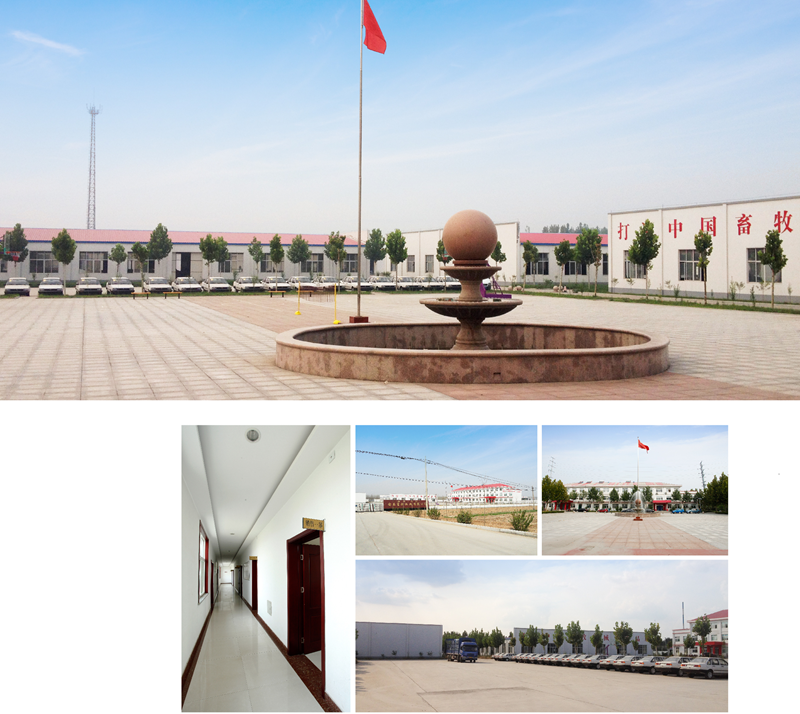
Shandong Huimin Qinle Livestock Machinery Co., Ltd. (formerly Shandong Huimin Qinle Livestock Machinery Factory) is a professional poultry equipment manufacturer with over 20 years of experience. We offer a comprehensive service package, from design (land and chicken coops), production (equipment and prefabricated steel coops), installation, commissioning, customer training, and after-sales service.
Located in Huimin County, Binzhou City, Shandong Province, China, the company has extensive experience in mechanical processing and manufacturing, as well as livestock machinery production and operation. With fixed assets of RMB 15 million, the company employs 160 people, including 30 R&D staff, and occupies a 40,000-square-meter factory. Equipped with over 110 pieces of advanced precision production equipment, including CNC machining centers and laser cutting machines, the company boasts a production capacity of RMB 50 million.
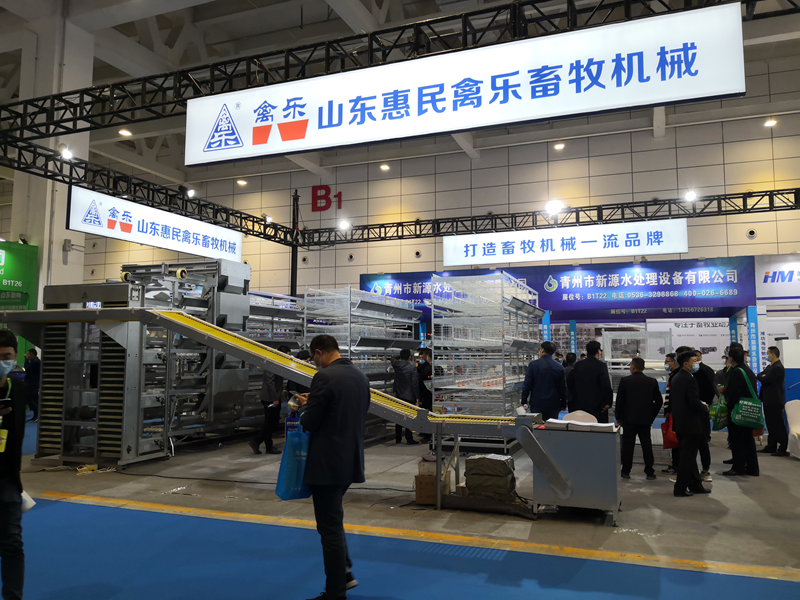


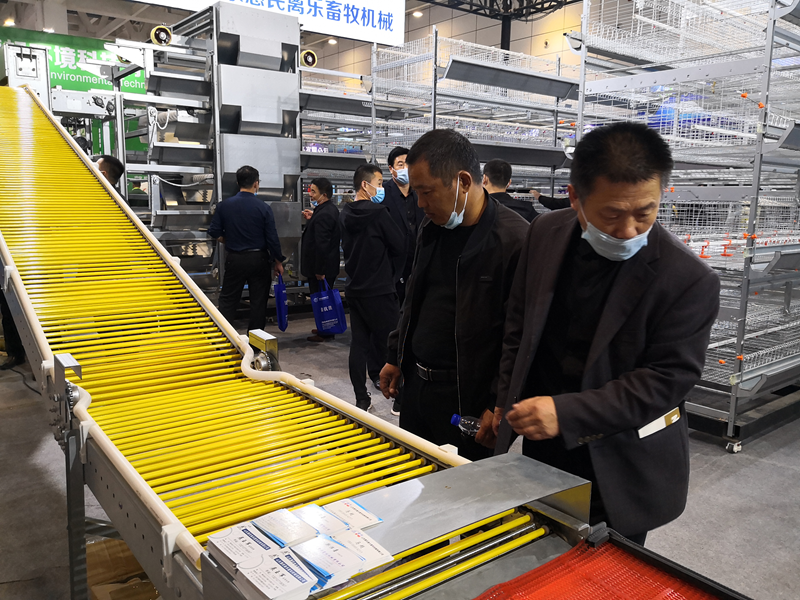
Chicken Farming Equipment Mesh Production Workshop

Machining Workshop

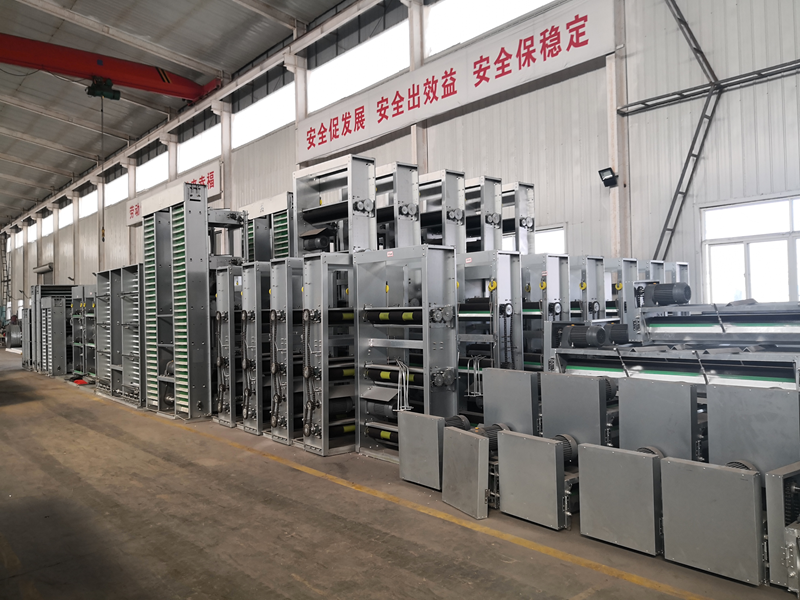
Turret-type CNC Punch Press, Laser Cutting and Other Machining Equipment



Fully Automated Roll Forming Production Line

Hot-dip Galvanizing Production Line

Electroplating Production Line

Environmental Protection Equipment

Chicken Farming Equipment Product Series
Egg-laying Hen Farming Equipment
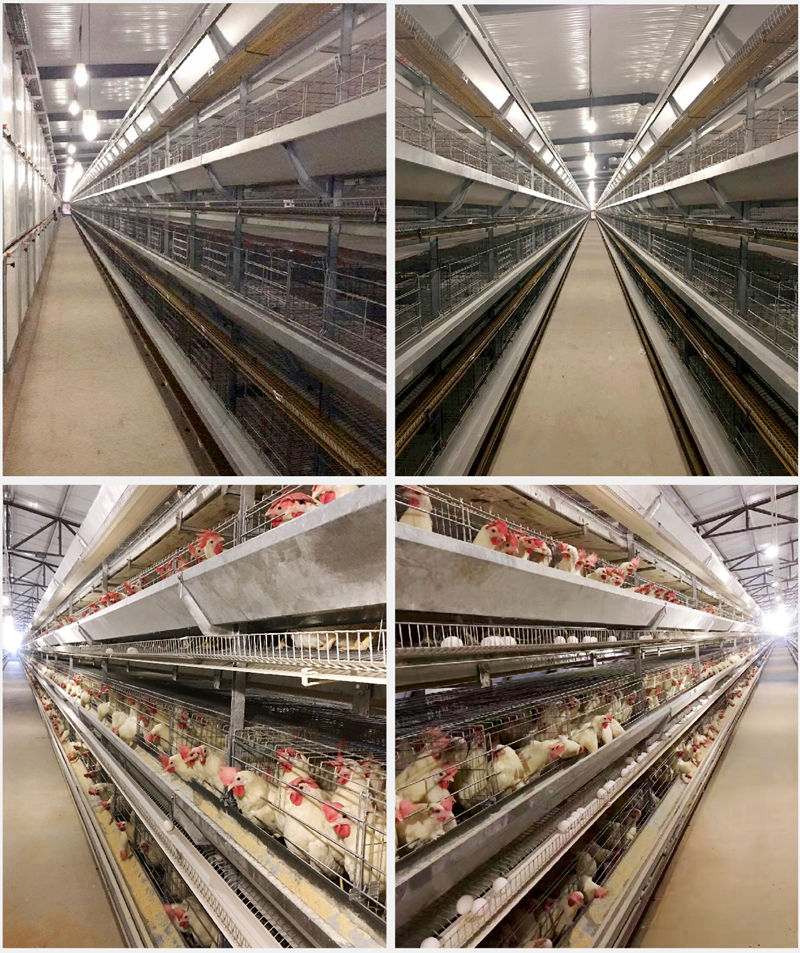
Stacked Brooding Cage Equipment

Stacked Broiler Cage Equipment
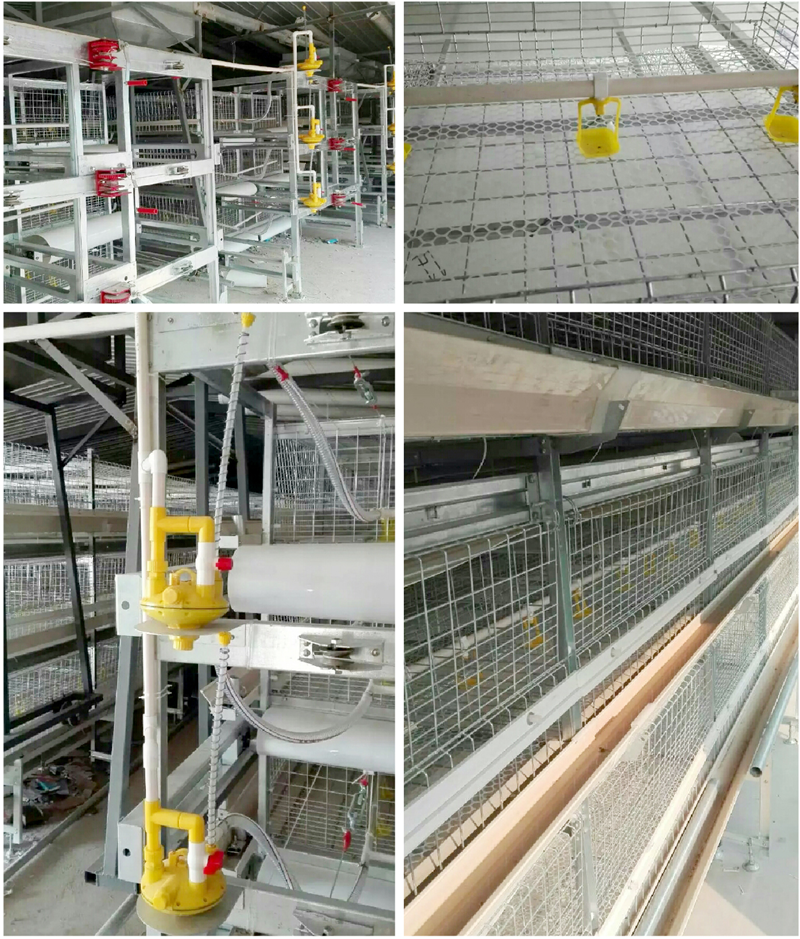
Stepped Layer Hen Cage Rearing Equipment
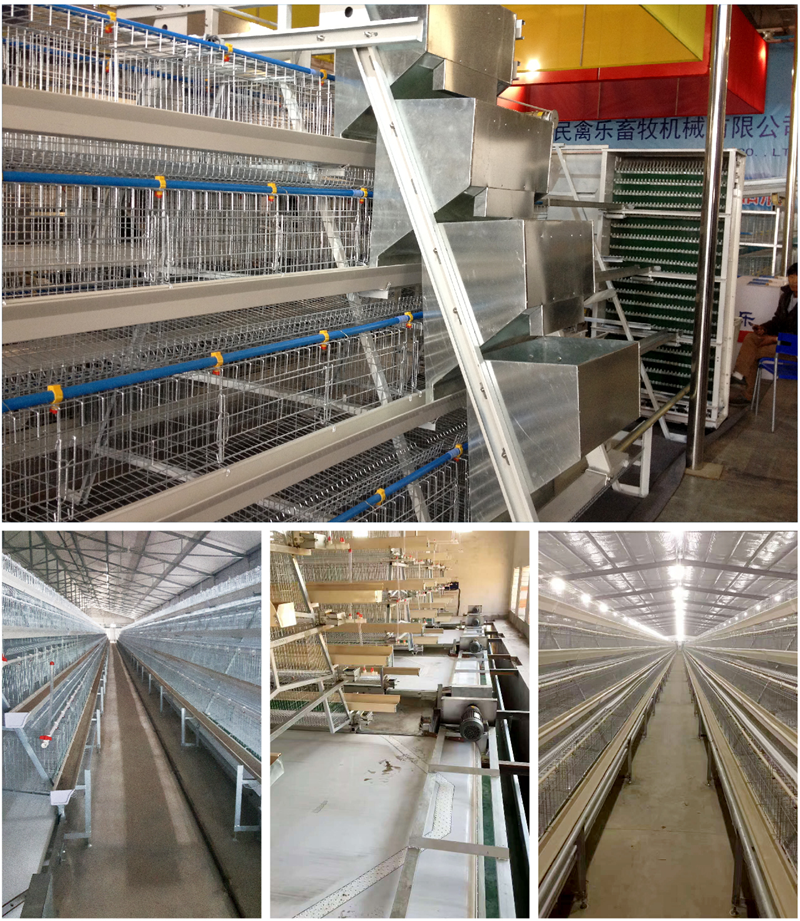
Automatic Egg Collection System

H-type Cage Feeding Machine
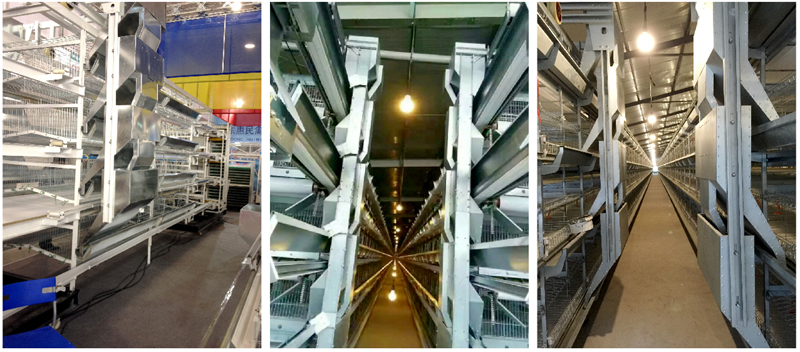
Stepped Cage Straddle Feeder
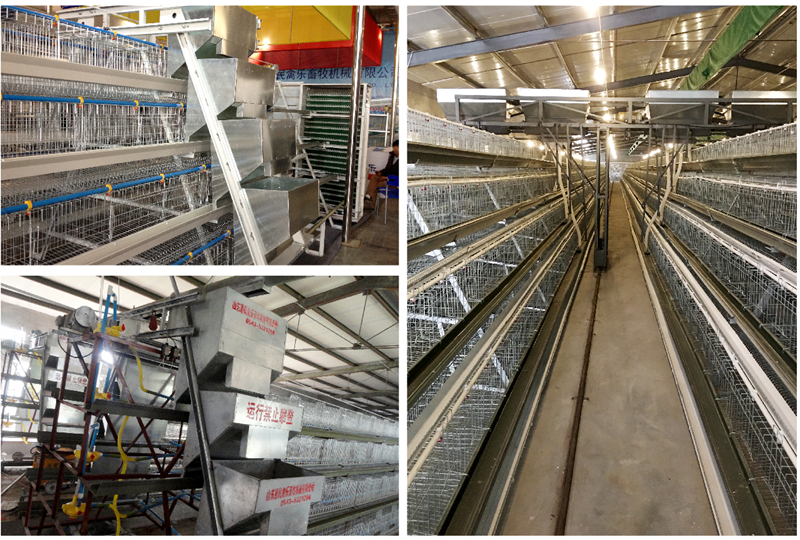
Manure Removal Machine

Fans, Heated Curtains, Environmental Control Systems, and Lighting Equipment
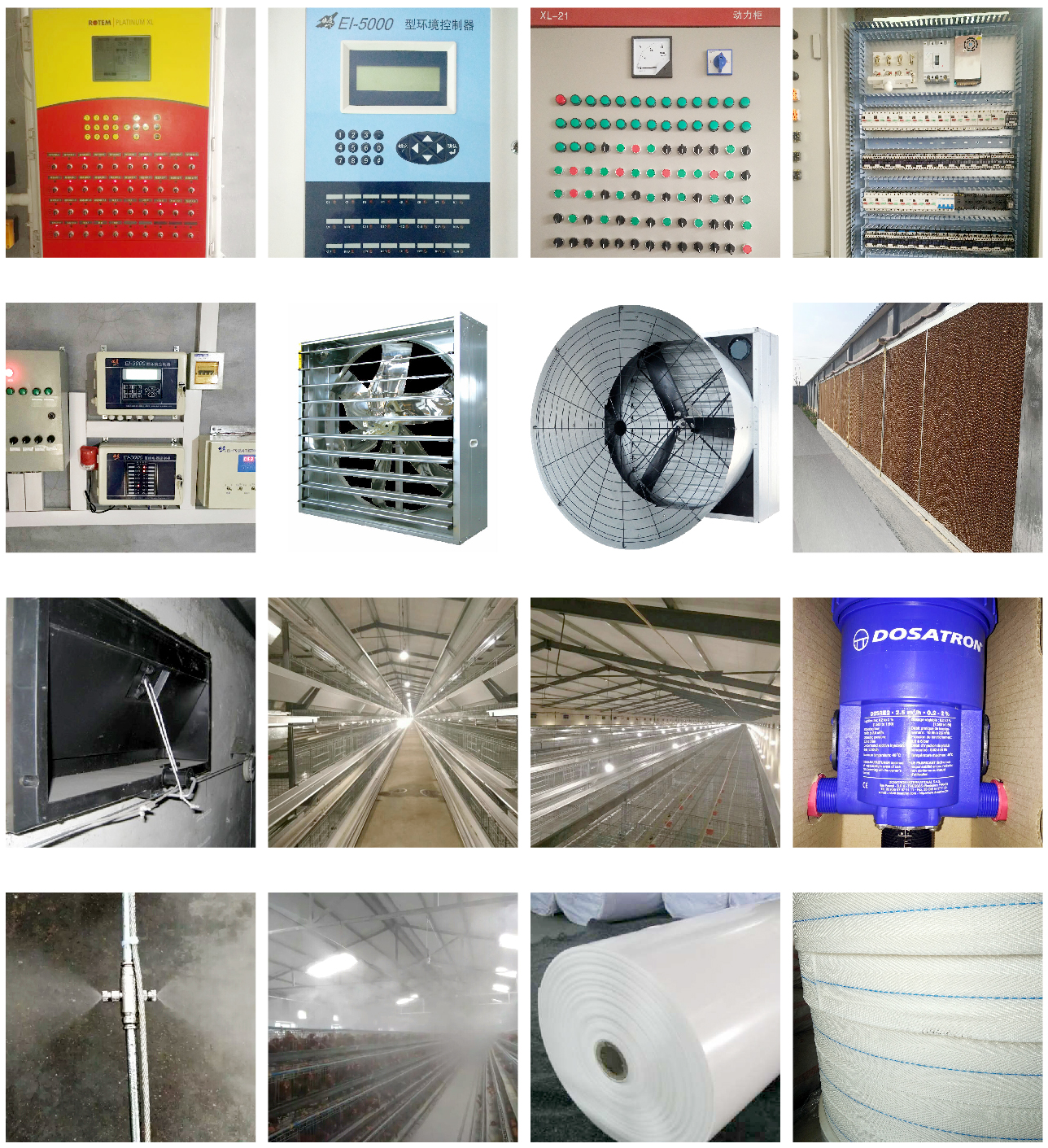
Complete Set of Equipment for Organic Fermentation Treatment of Manure


 Catalogue
Catalogue































 WhatsApp
WhatsApp Téléphone
Téléphone